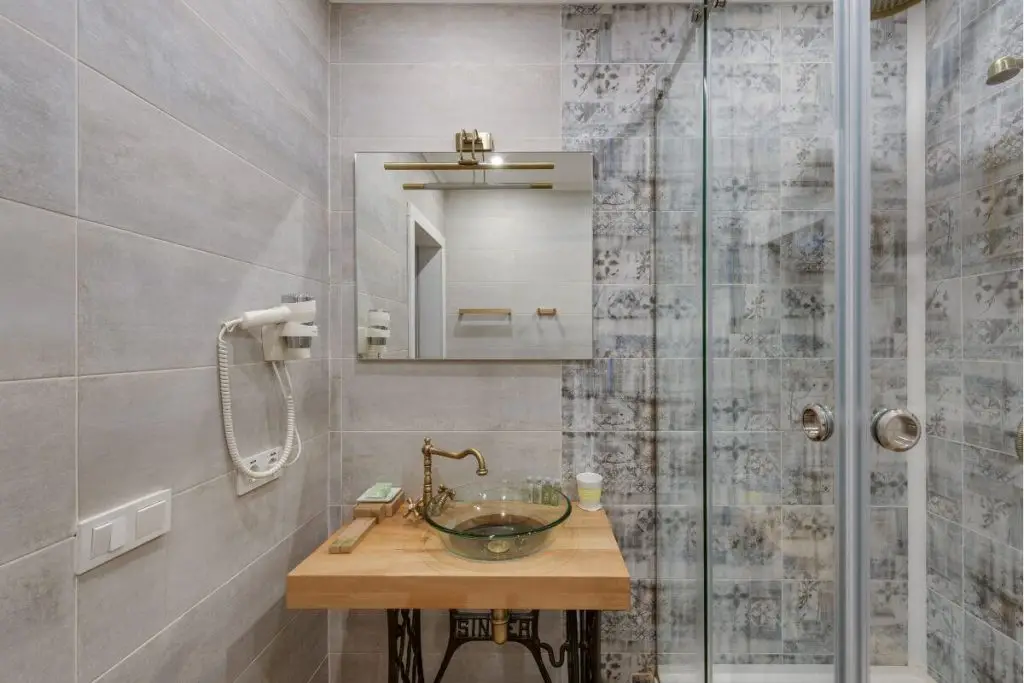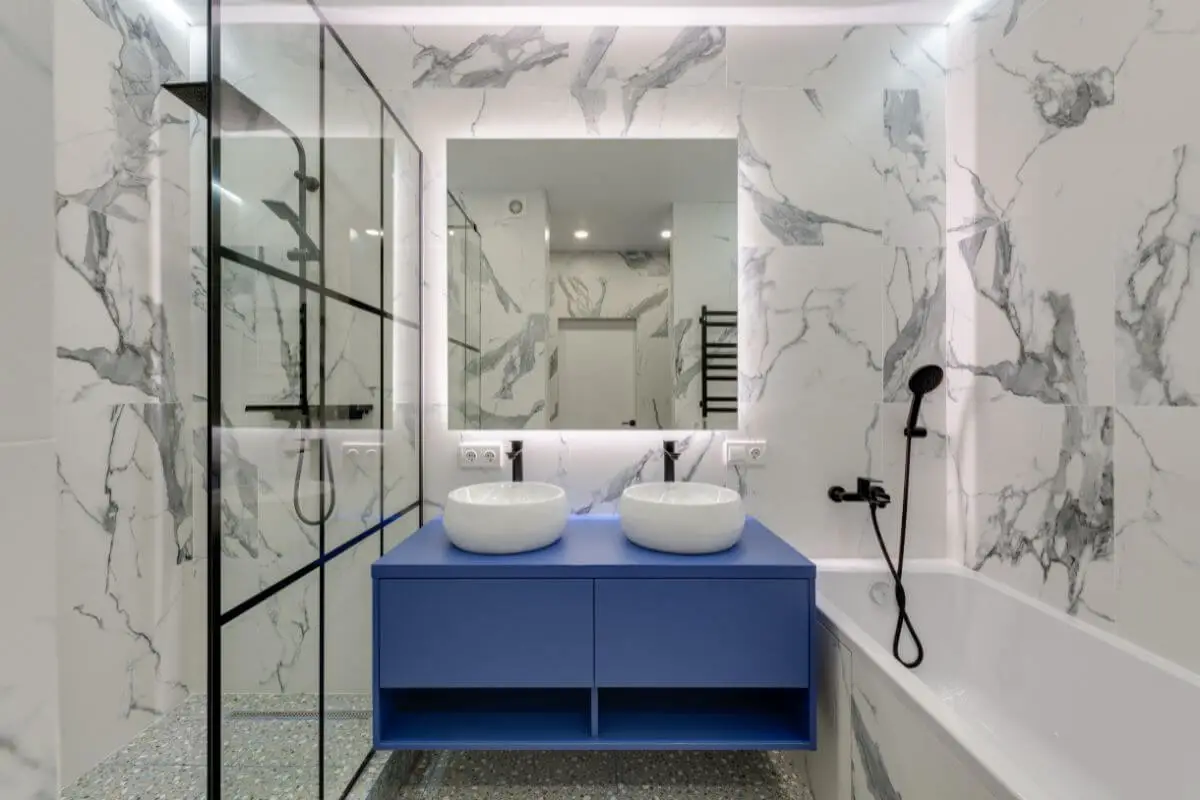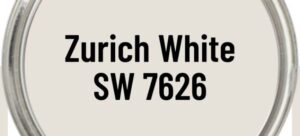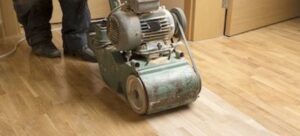Are you planning to renovate your bathroom? Choosing the right material for your shower walls and floor can be a daunting task. Luxstone and Flexstone are two popular options that offer durability, style, and low maintenance. But which one is the best fit for your needs? In this article, we’ll compare Luxstone vs Flexstone in terms of design, installation, maintenance, durability, and cost. Let’s dive in!
Luxstone vs Flexstone: Design Comparison
Luxstone and Flexstone are both engineered stone products that mimic the natural beauty of marble, granite, and other stones. However, they have different design features that can influence your choice.
Luxstone Design Features
Luxstone is a high-quality solid surface material made of crushed stone and resin. It comes in a variety of colors and patterns, from classic whites and grays to bold blues and greens. Luxstone has a smooth, non-porous surface that resists stains, scratches, and water damage. It also has a natural stone texture that adds depth and character to your bathroom walls.

Flexstone Design Features
Flexstone is a flexible stone veneer that consists of a thin layer of stone particles and polymer resin. It offers a range of patterns and colors that imitate natural stone and modern tiles. Flexstone has a matte finish and a slightly textured surface that creates a slip-resistant grip. It also has a flexible backing that allows for easy installation on curved surfaces and corners.
Luxstone vs Flexstone: Installation Comparison
Both Luxstone and Flexstone are designed for easy installation without the need for grout or tile setting. However, they have different installation processes and requirements.
Luxstone Installation Process
Luxstone is installed in large panels that are cut to fit your shower or tub enclosure. The panels are secured to the walls with a strong adhesive and sealed at the joints with silicone caulk. Luxstone panels can be installed over existing tiles or drywall, as long as they are clean and structurally sound. Luxstone installation requires professional skills and tools to ensure a seamless and watertight finish.
Flexstone Installation Process
Flexstone is installed in sheets that are cut to size and shape with a utility knife. The sheets are attached to the walls with an adhesive and pressed into place with a roller. Flexstone sheets can be trimmed and molded around curves and corners with a heat gun or hair dryer. Flexstone installation can be done by DIY enthusiasts or professional contractors, depending on your skills and preferences.
Luxstone vs Flexstone: Maintenance Comparison
Luxstone and Flexstone are low maintenance materials that require simple cleaning and occasional care to stay fresh and attractive. However, they have different maintenance tips and recommendations.
Luxstone Maintenance Tips
Luxstone can be cleaned with a mild soap or non-abrasive cleaner and a soft cloth or sponge. Avoid using harsh chemicals or abrasive cleaners that can scratch or damage the surface. Luxstone is resistant to mold and mildew growth, but you should still wipe it dry after each use to prevent water buildup. You can also use a sealant to enhance the shine and protection of Luxstone, but it’s not required.
Flexstone Maintenance Tips
Flexstone can be cleaned with a damp cloth or sponge and a mild detergent. Avoid using acidic or abrasive cleaners that can damage the surface or discolor the material. Flexstone is also resistant to mold and mildew, but you should still wipe it dry after each use to prevent water stains. You can also apply a sealant to Flexstone to protect it from stains and enhance its shine, but it’s optional.
Luxstone vs Flexstone: Durability Comparison
Both Luxstone and Flexstone are durable materials that can withstand daily use and wear. However, they have different durability features and advantages.
Luxstone Durability Features
Luxstone is a solid surface material that is resistant to chipping, cracking, and fading. It has a high level of impact resistance that can absorb shocks and prevent damage from dropped items or heavy pressure. Luxstone is also resistant to heat and stains, which makes it ideal for use in bathrooms and kitchens. Luxstone can last for many years with proper care and maintenance.
Flexstone Durability Features
Flexstone is a flexible stone veneer that is resistant to impact, cracking, and warping. It has a high level of elasticity that can absorb shocks and prevent damage from thermal expansion or contraction. Flexstone is also resistant to stains and chemicals, which makes it ideal for use in high traffic areas. Flexstone can last for many years with proper installation and care.
Luxstone vs Flexstone: Cost Comparison
Luxstone and Flexstone have different price ranges and costs that can influence your budget and investment.
Luxstone is a premium material that is more expensive than Flexstone. The cost of Luxstone can range from $150 to $300 per square foot, depending on the color, pattern, and installation complexity. Luxstone requires professional installation, which can add to the total cost. However, Luxstone offers a high level of durability, design versatility, and low maintenance that can justify its price tag.
Flexstone is a more affordable material that can fit into a tight budget. The cost of Flexstone can range from $50 to $150 per square foot, depending on the size, thickness, and design. Flexstone can be installed by DIY enthusiasts or professional contractors, which can save on labor costs. However, Flexstone has a lower level of durability and design options than Luxstone.
Conclusion
In conclusion, Luxstone and Flexstone are two great options for bathroom renovation that offer style, durability, and low maintenance. Luxstone is a premium material that provides a natural stone look and high-end features, while Flexstone is a flexible veneer that offers affordability and flexibility. Choosing between Luxstone vs Flexstone depends on your budget, design preferences, installation skills, and maintenance requirements. We hope this article has helped you make an informed decision.
FAQs
What is Luxstone?
Luxstone is a high-quality solid surface material made of crushed stone and resin that is used for shower walls and tub enclosures.
What is Flexstone?
Flexstone is a flexible stone veneer that consists of a thin layer of stone particles and polymer resin that is used for shower walls and tub enclosures.
Can Luxstone and Flexstone be used for bathroom floors?
Yes, Luxstone and Flexstone can be used for bathroom floors, but they may require additional sealing and protection to prevent slipperiness and wear.
Can I install Luxstone or Flexstone myself?
Luxstone installation requires professional skills and tools to ensure a seamless and watertight finish. Flexstone installation can be done by DIY enthusiasts or professional contractors, depending on your skills and preferences.
How long does Luxstone and Flexstone last?
Luxstone and Flexstone can last for many years with proper care and maintenance. Luxstone has a longer lifespan than Flexstone due to its solid surface and high level of durability. However, both materials can offer a great return on investment and enhance the value and comfort of your home.




